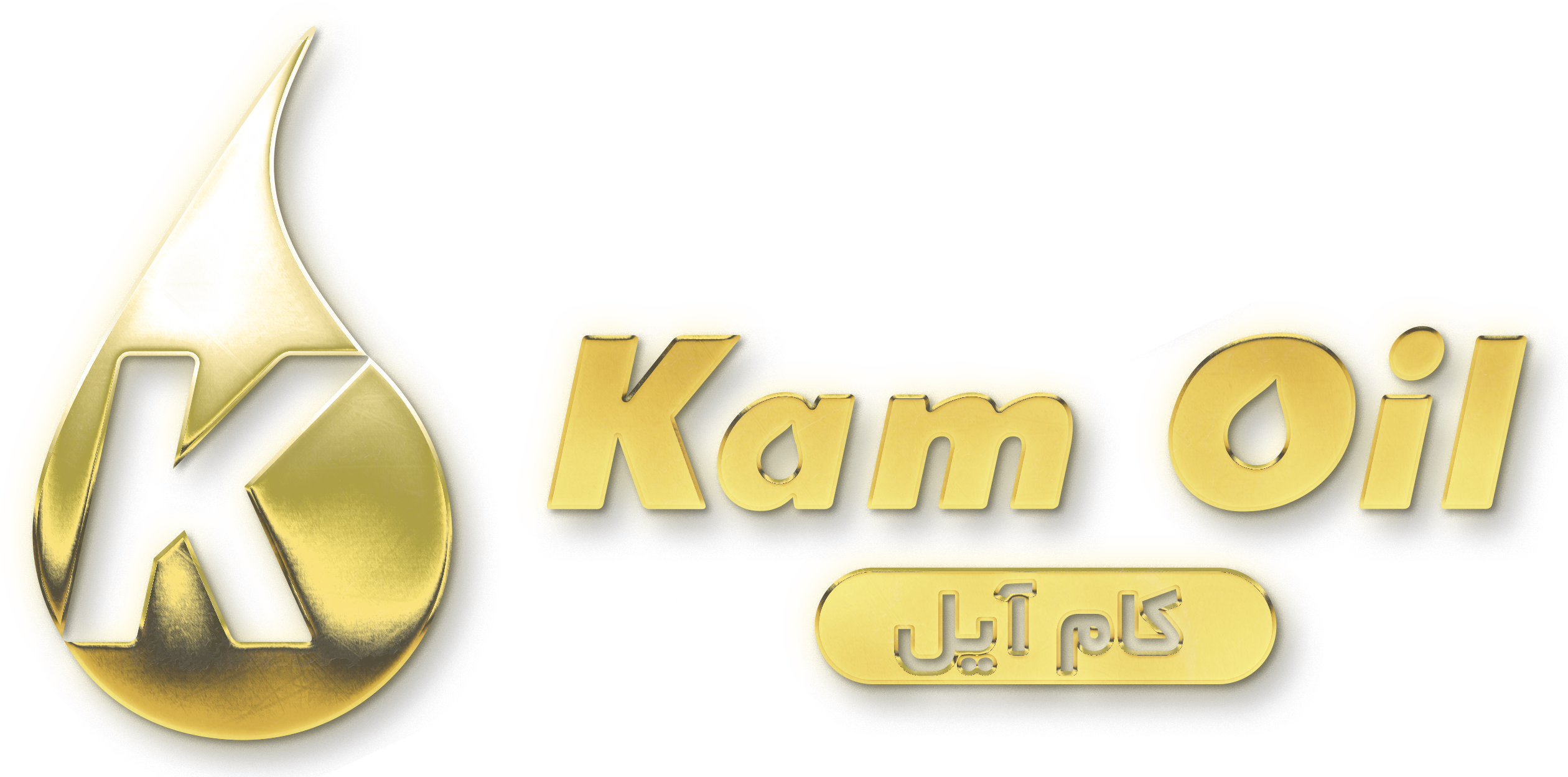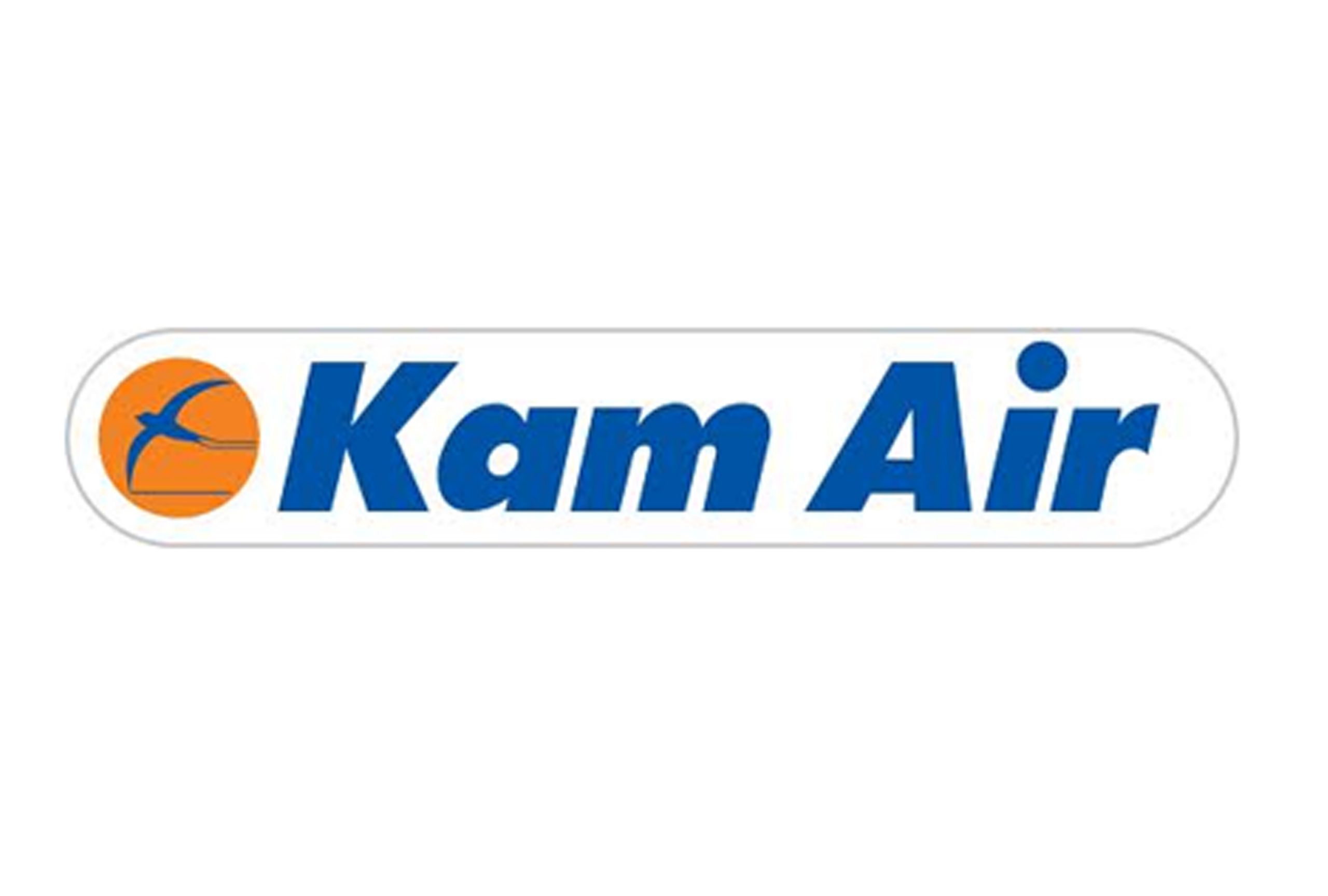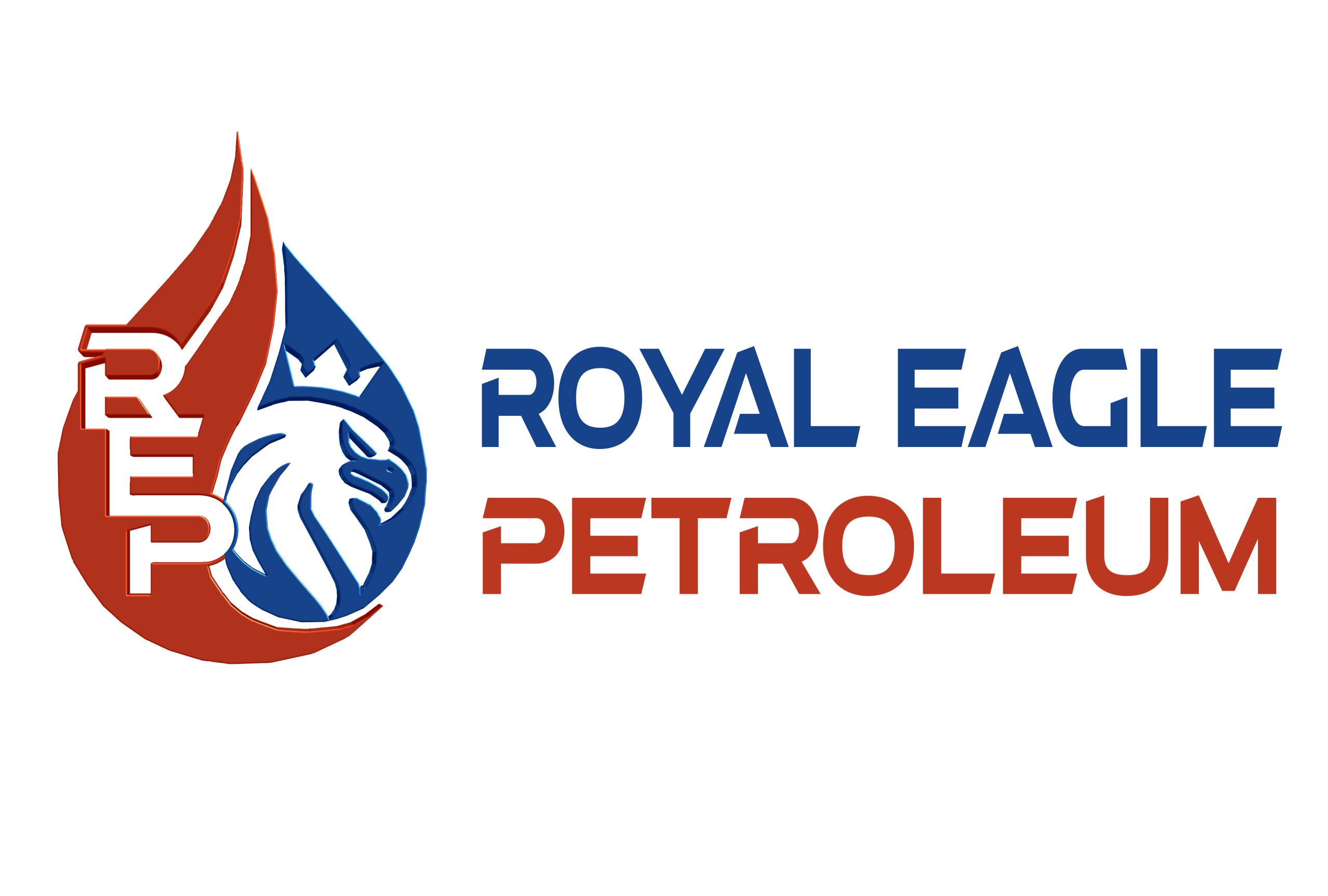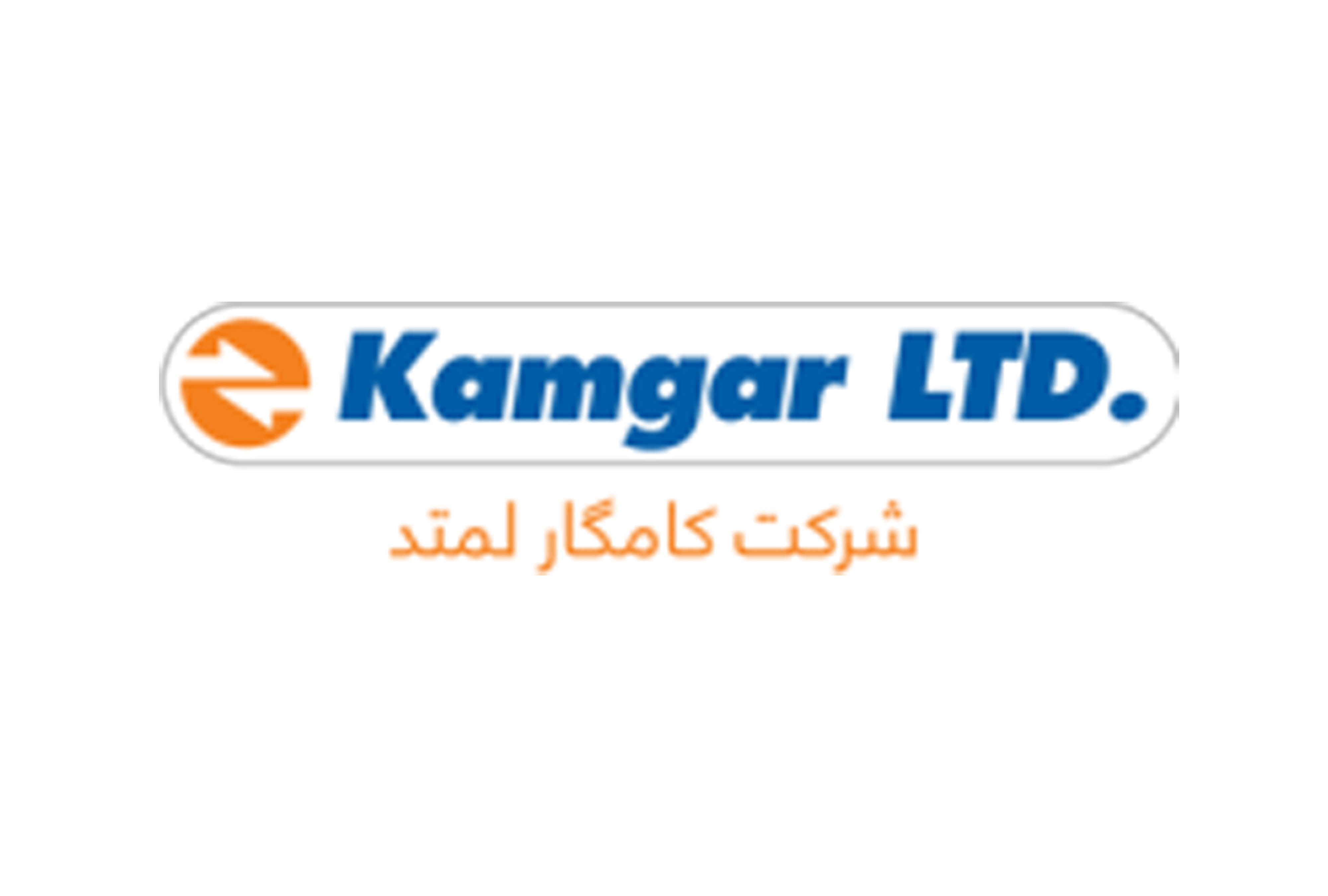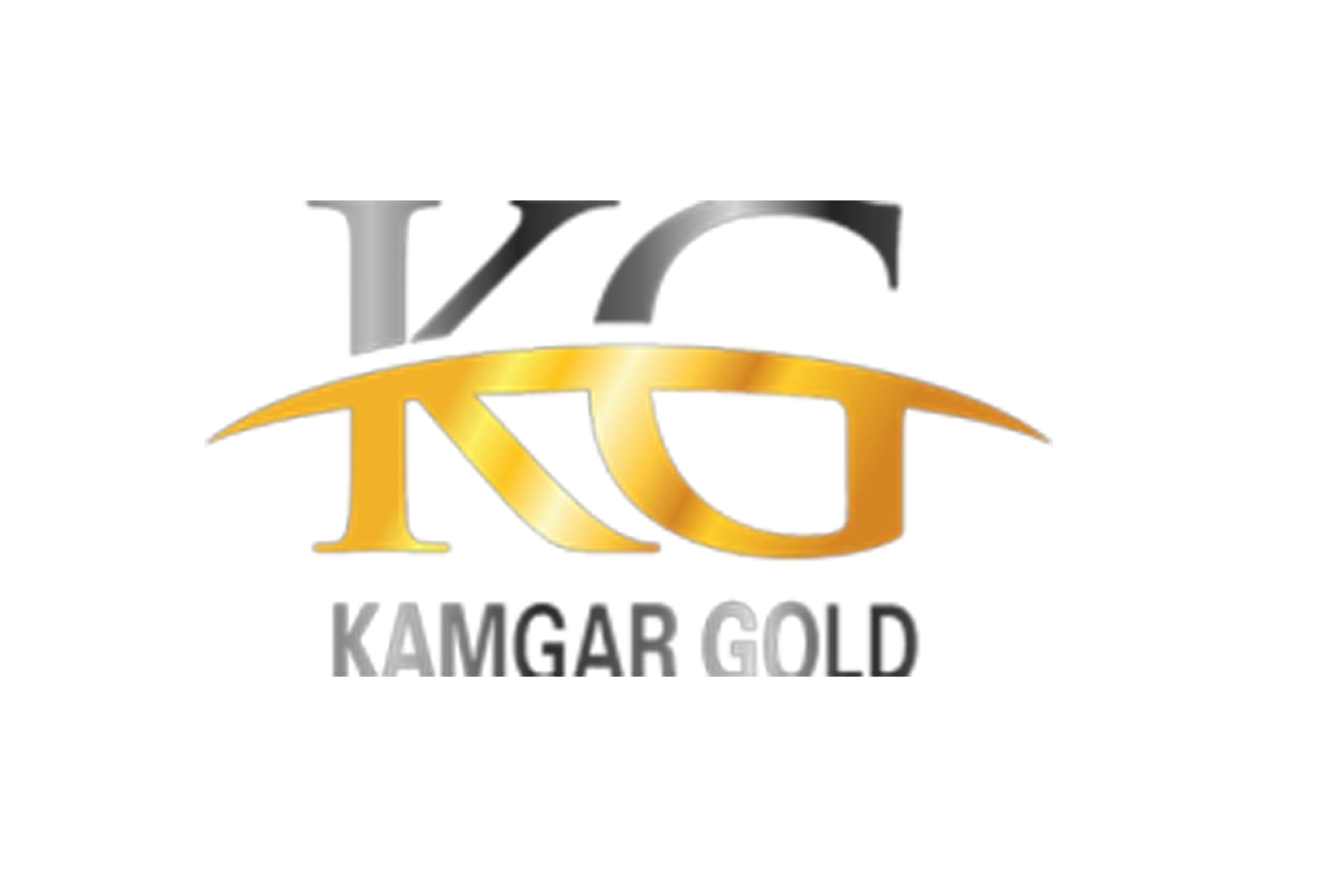Kam Oil
Exporting Oil Products To Global Markets
Continue increasing refinement capacity to further the goal of reducing – and ultimately eliminating – Afghanistan’s dependence on Energy imports.

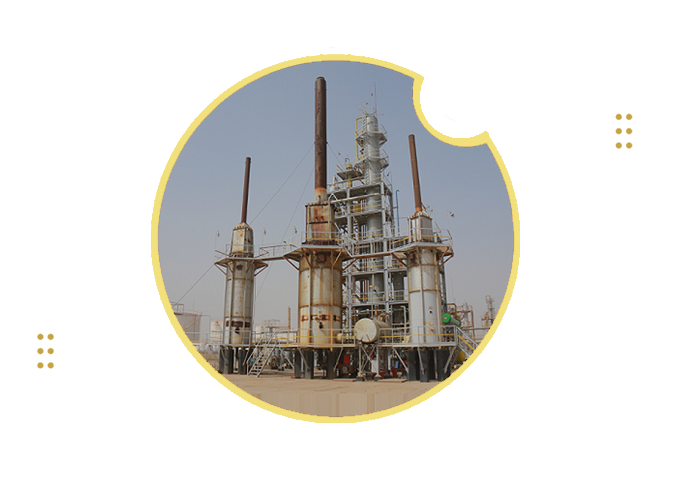

Fueling Afghan Vehicles
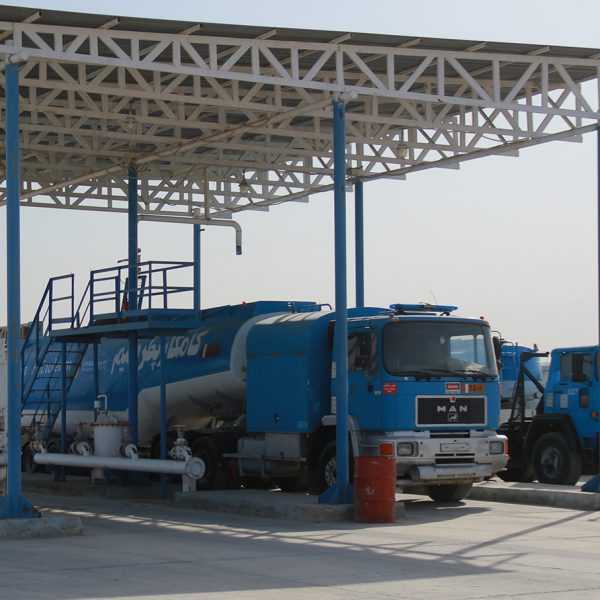
Exporting Afghan Oil Products
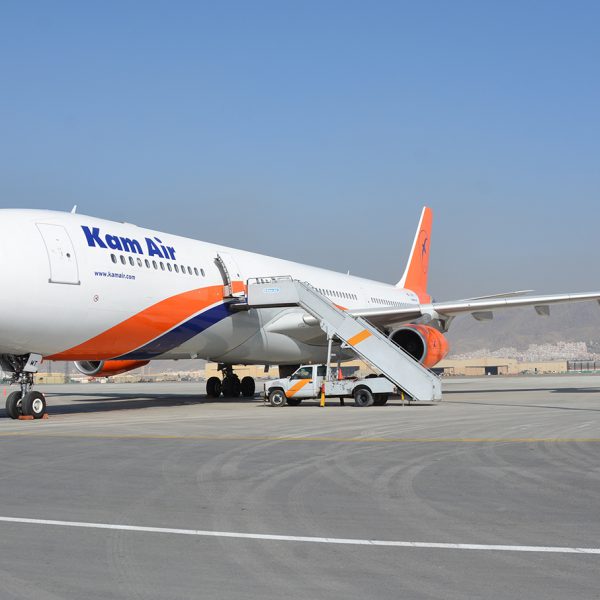
Powering Afghan Jets
About Kam Oil
Kam International Oil was launched in 2013 as a joint venture between the Afghan-owned Kam Group and the Azerbaijani company AIFL. The initial $30 million dollar investment went towards the construction of Afghanistan’s first oil refining facility in Hairatan, along the Afghan-Uzbek border.
The refinery purchases crude oil extracted by the China National Petroleum Company (CNPC) at the Kashkari oil field in Afghanistan’s Sar-e-Pol province, which is then transported overland to Hairatan. At present 220 Afghan nationals are employed at Kam International Oil, with 30 Azerbaijani and other foreign nationals serving in positions that require oil refinement expertise. As the Afghan domestic oil-refin.

Products Information
MAZUT
Applications
NAPHTHA
Applications
DEISEL
Applications
BITUMEN
Applications
Consumer Markets
Consumer Markets
Consumer Markets
Consumer Markets
Strategic Vision
Increase oil product
Support Afghan energy
Build capacity in the Afghan Oil
Refined Oil
Based
Refinement Process
The Kam oil facility has the capacity to refine 500 metric tons of crude oil per day, with storage tankers available to store 25,000-28,000 tons of crude and processed oil. All refined products are then inspected by SGS, an international inspection and quality-control company. Sector matures, it is expected that more local staff will be qualified to fill senior technical positions within the company.

Stage 2:
Mazut (also referred to as “fuel oil” or “waste oil”) can be sold as is or undergo a second stage of processing. Mazut that undergoes a second round of processing results in the production of wide oil fraction (65% of output), diesel (10%) and tar oil (25%).

Stage 1:
The refining process takes place in two phases. The first
phase involves the conversion of the crude oil to mazut (50%
of the output), diesel (40%), and naphtha (8%). 2% of the
processed crude is discarded as industrial waste.
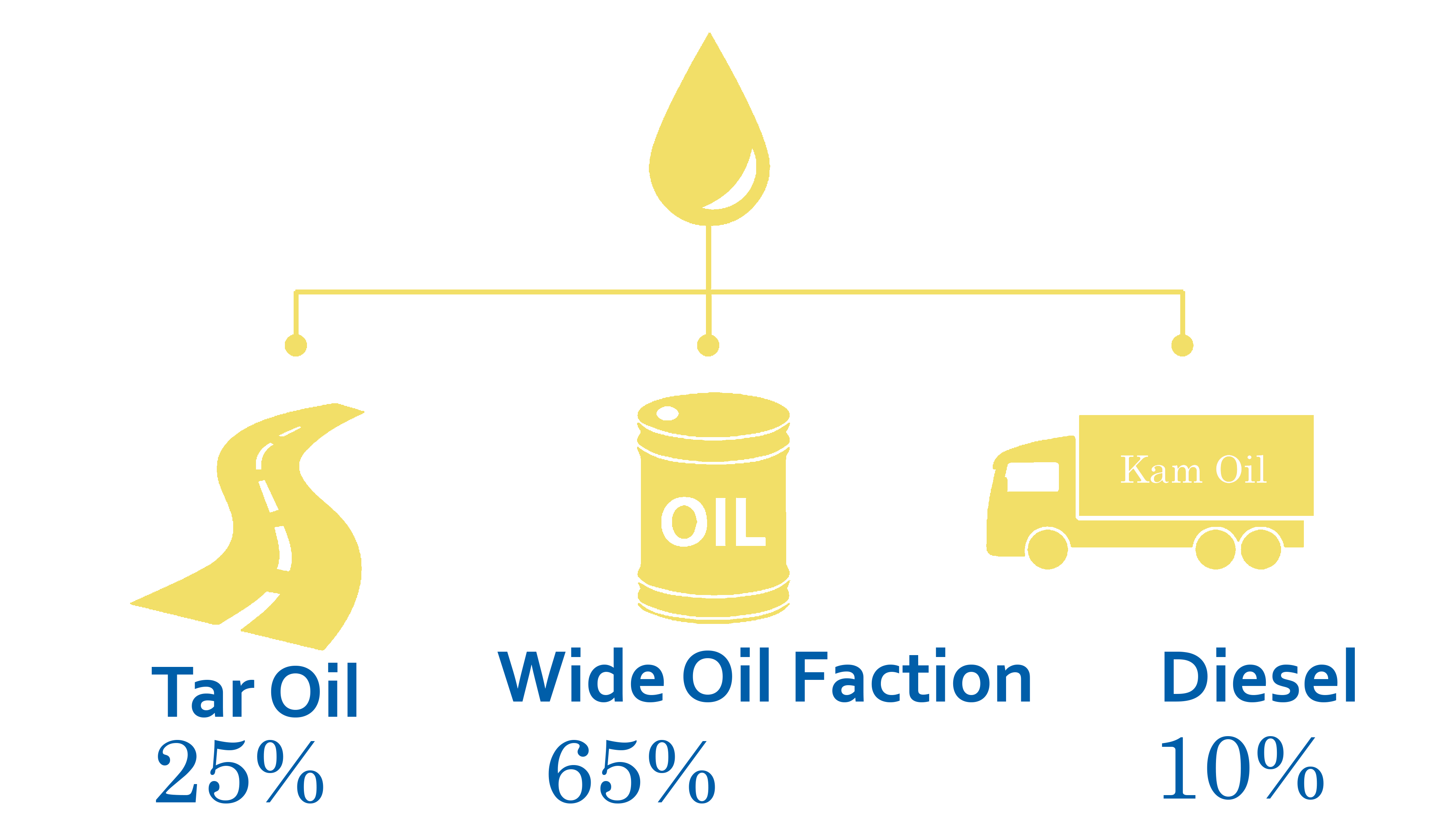
Want to Contact with us?

